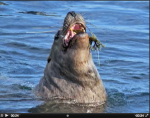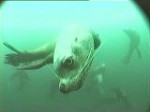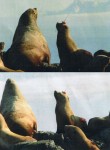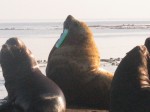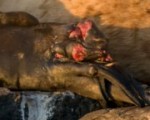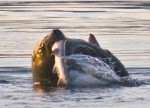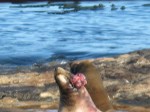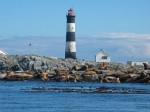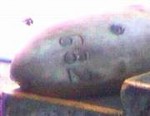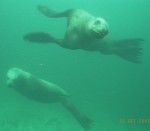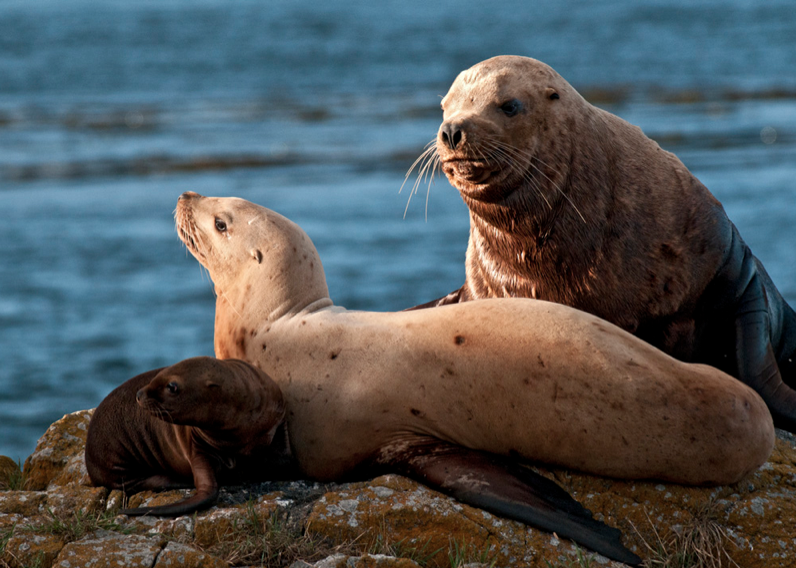
Male, female and pup at Race Rocks .Sept 27,2011. Photo by Ryan Murphy
I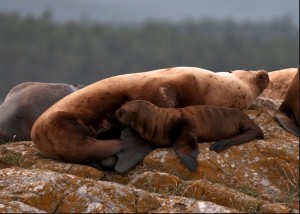 n the fall of 2011, a female northern sea lion (Steller) and her pup appeared at Race Rocks. This is the first such pair that we have seen there. Link to Ryan Muphy’s Flickr site for a set of pictures of the sealions at Race Rocks.
n the fall of 2011, a female northern sea lion (Steller) and her pup appeared at Race Rocks. This is the first such pair that we have seen there. Link to Ryan Muphy’s Flickr site for a set of pictures of the sealions at Race Rocks. 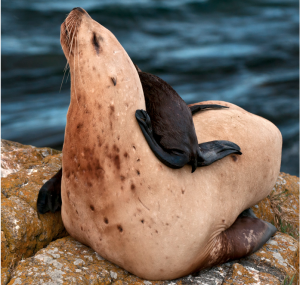 Ryan captured some excellent pictures but noted that due to blasting by the DND on the neighbouring Bentinck Island, the pup was injured and the mother disappeared. See below.. Commentary here is by Ryan Murphy : “Steller or Northern sea lions (Eumetopias jubatus) are the largest sea lion species in the world and are listed under Canada’s SARA (Species at Risk Act) as Special Concern.”
Ryan captured some excellent pictures but noted that due to blasting by the DND on the neighbouring Bentinck Island, the pup was injured and the mother disappeared. See below.. Commentary here is by Ryan Murphy : “Steller or Northern sea lions (Eumetopias jubatus) are the largest sea lion species in the world and are listed under Canada’s SARA (Species at Risk Act) as Special Concern.” 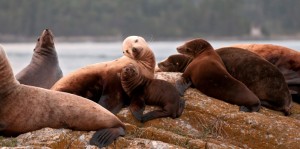 “The Race Rocks archipelago south of Vancouver Island has long been a haul out for Steller sea lions, and we know from Lightkeeper Kurt Cehak’s accounts from the 60s that these marine mammals came to Race Rocks even when locals were encouraged to kill them to collect bounties. “
“The Race Rocks archipelago south of Vancouver Island has long been a haul out for Steller sea lions, and we know from Lightkeeper Kurt Cehak’s accounts from the 60s that these marine mammals came to Race Rocks even when locals were encouraged to kill them to collect bounties. “ 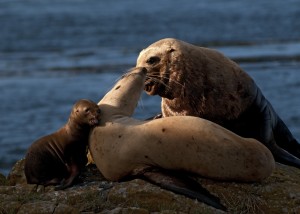 “Today, Steller sea lions are a year-round attraction for a multi-million dollar ecotour industry based in the Capital Region District of Victoria, BC. With the arrival of this pup and its mother to Race Rocks, the Ecological Reserve now protects the reproductive ecology of this threatened species.”
“Today, Steller sea lions are a year-round attraction for a multi-million dollar ecotour industry based in the Capital Region District of Victoria, BC. With the arrival of this pup and its mother to Race Rocks, the Ecological Reserve now protects the reproductive ecology of this threatened species.” 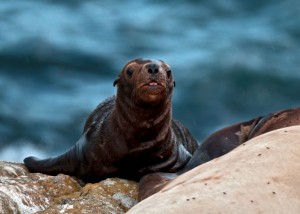 “However, this pup is at risk because of activities of the Canadian Department of National Defence. The island in the background is Bentinck Island and it is used by the Canadian military to dispose of ordinances and explosives training. Their rapid succession blasting during the last two days has caused
“However, this pup is at risk because of activities of the Canadian Department of National Defence. The island in the background is Bentinck Island and it is used by the Canadian military to dispose of ordinances and explosives training. Their rapid succession blasting during the last two days has caused 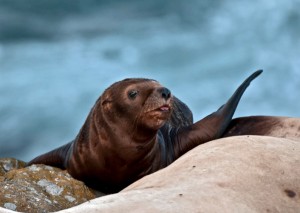 repeated stampedes of sea lions and this pup may be crushed tomorrow.” See the logs on this website posted by the ecoguardians which include mammal census and observations of sealions. Northern Sea lion VIDEOS:
repeated stampedes of sea lions and this pup may be crushed tomorrow.” See the logs on this website posted by the ecoguardians which include mammal census and observations of sealions. Northern Sea lion VIDEOS:
Posts on Entanglement of Sea lions in fishing gear
| Domain |
Eukarya |
| Kingdom |
Animalia |
| Phylum |
Chordata |
| Sub Phylum |
Vertebrata |
| Class |
Mammalia |
| Order |
Carnivora |
| Family |
Otariidae |
| Genus |
Eumetopias (Gill, 1866) |
| Species |
jubatus (Schreber,1776) |
| Common Name |
Northern or Steller Sea Lion |

This sequence was taken in August 2008 by Pam Birley from the remote camera 5.
This is the largest of the Otariidae or ‘eared seals’ family.
Habitat: Northern Sea Lions are found on North-Pacific coasts; in Russia, Alaska, Japan, Canada and the USA in particular. They spend most of their time on rocky shores and in coastal water. During bad weather they stay under water. At Race Rocks , the peak in numbers of these mammals is in October to January , upwards of 400 may be reported at Race Rocks. They mix freely with the Californian Sea Lion which may number well over 1000 individuals between October and February.
See the references on Sea Lions in our RREO Index
Description: The Sea Lions at Race Rocks are mainly bachelor bulls or juvenile yearlings. Since this is not a breeding colony, mature females do not usually come here. There are clear differences between males and females. The males are larger in size and weigh more. Whereas the average sea lion male weighs 566 kg (1,245 pounds) the average female weights only 263 kg (579 pounds). Moreover, the average male has a body length of 288 cm (10 2/3 feet) while the average female has a body length of 228 cm (8 2/3 feet). Most females are yellowish or creamed color and most males are dark.
The average life span of a Steller sea lion is about 20 years for males and old females can even reach 30 years. The breeding season is between May-June and each mating produces a single pup.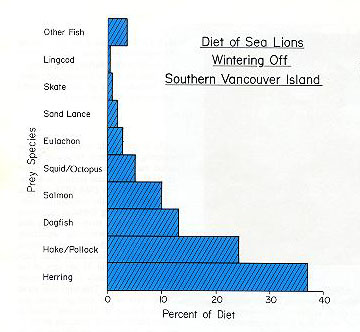 Steller sea lions are marine carnivores. They feed on wild fish (salmon, herring, rockfish, flounder, and Pollock) as well as on invertebrates such as squid and octopus. The Steller sea lions feed at night, usually about 15-20 km. from shore. This relatively selective diet is one of the causes of the sea lions’ decreasing numbers since they compete with humans for this food.
Steller sea lions are marine carnivores. They feed on wild fish (salmon, herring, rockfish, flounder, and Pollock) as well as on invertebrates such as squid and octopus. The Steller sea lions feed at night, usually about 15-20 km. from shore. This relatively selective diet is one of the causes of the sea lions’ decreasing numbers since they compete with humans for this food.
An Eastern Alaskan population is now on the endangered species list due to severe declines in numbers over the past decade. They are now a threatened species included in the ‘Red List’ and protected in the USA and by the Commonwealth Independent States ( CIS).
Although they dive and spent s lot of time under water, Northern Sea Lions are also known for their ‘sunbaths’ and are often watched catching sunlight on the rocky shores. Male Northern Sea Lions are generally aggressive and territorial.
References cited Dec. 2001.
http://www.wc.adfg.state.ak.us/index.cfm?adfg=wildlife_news.view_article&issue_id=40&articles_id=229
See also:
The stellar sea lion: Two distinct stocks, Thomas Louglin, NMML
Other Members of the Class Mammalia at Race Rocks.
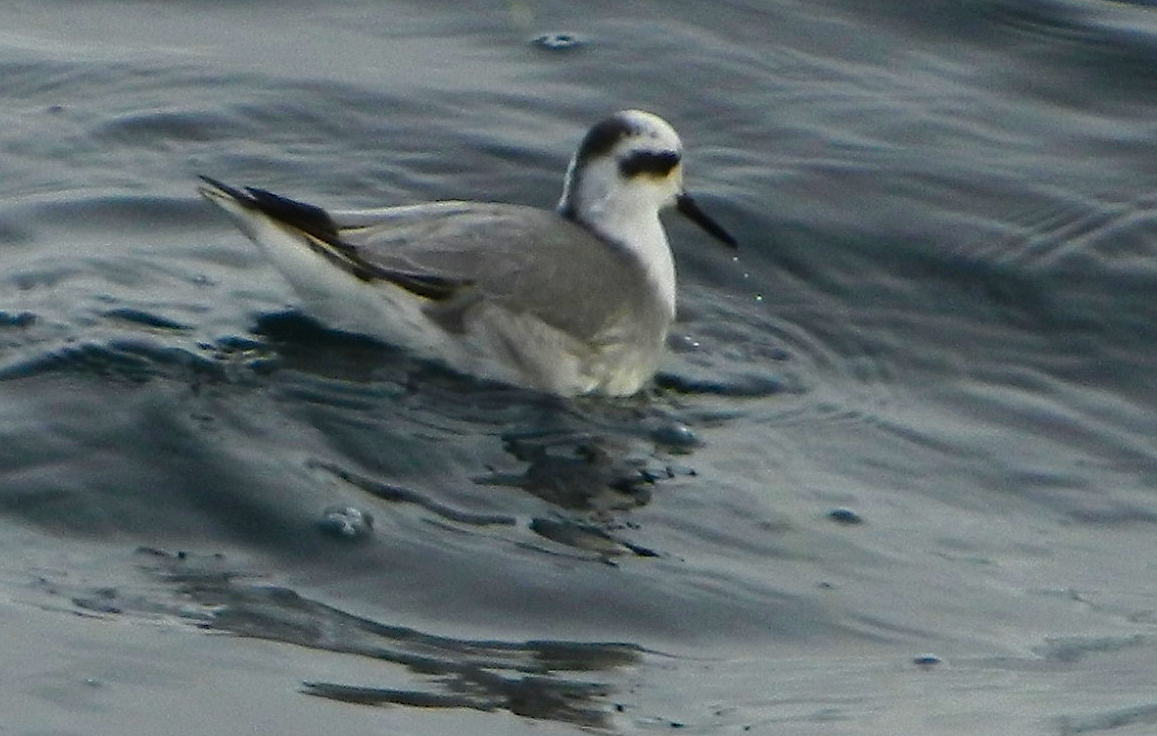 This is the first image taken of this species at Race Rocks March 2012
This is the first image taken of this species at Race Rocks March 2012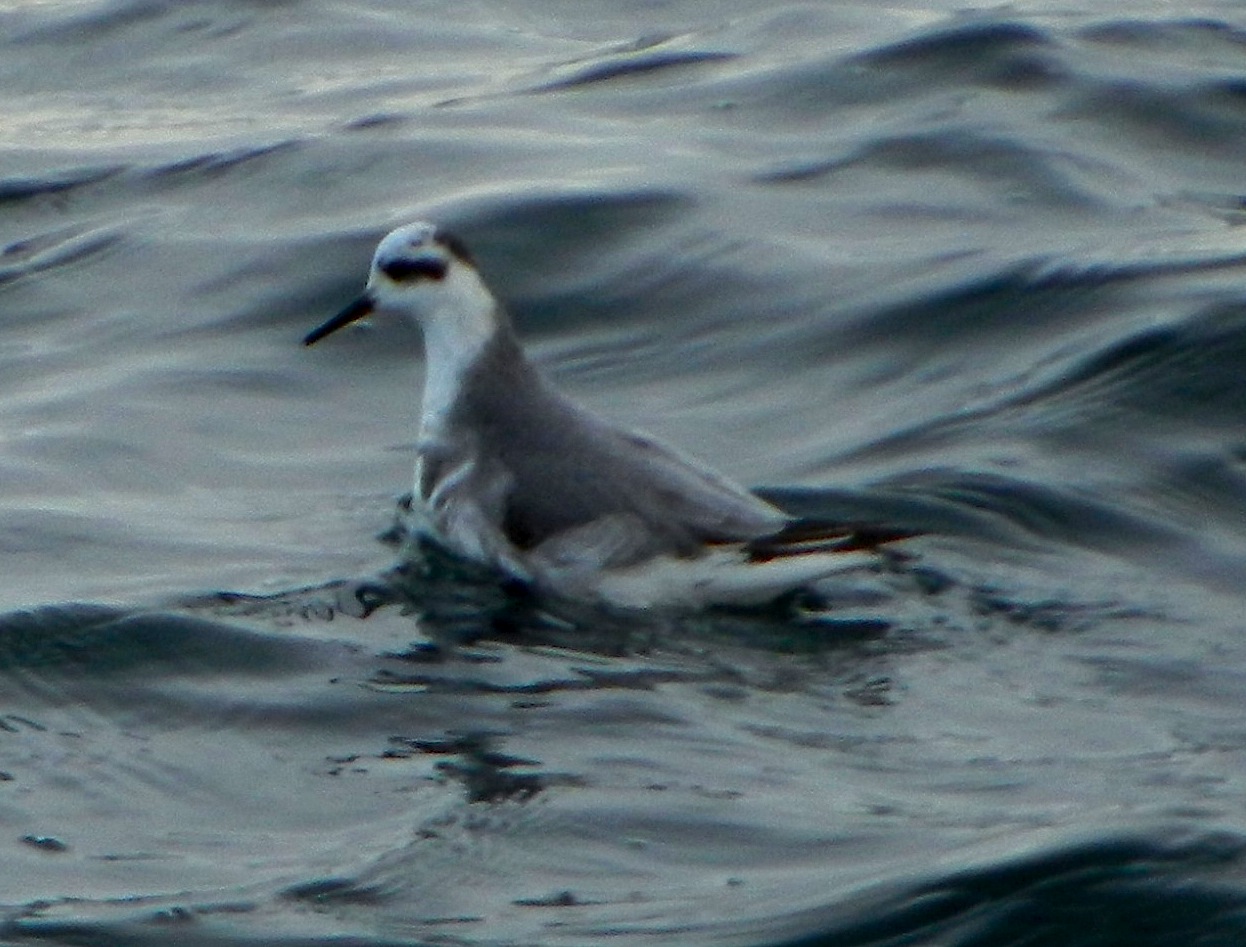

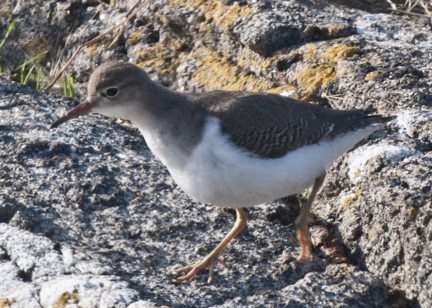

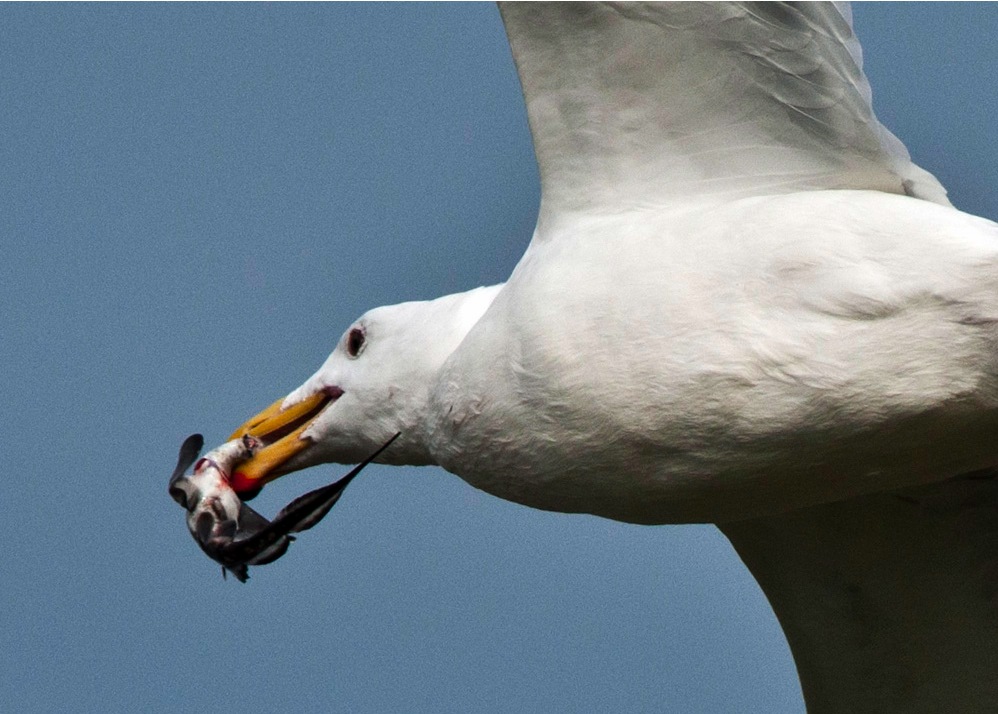
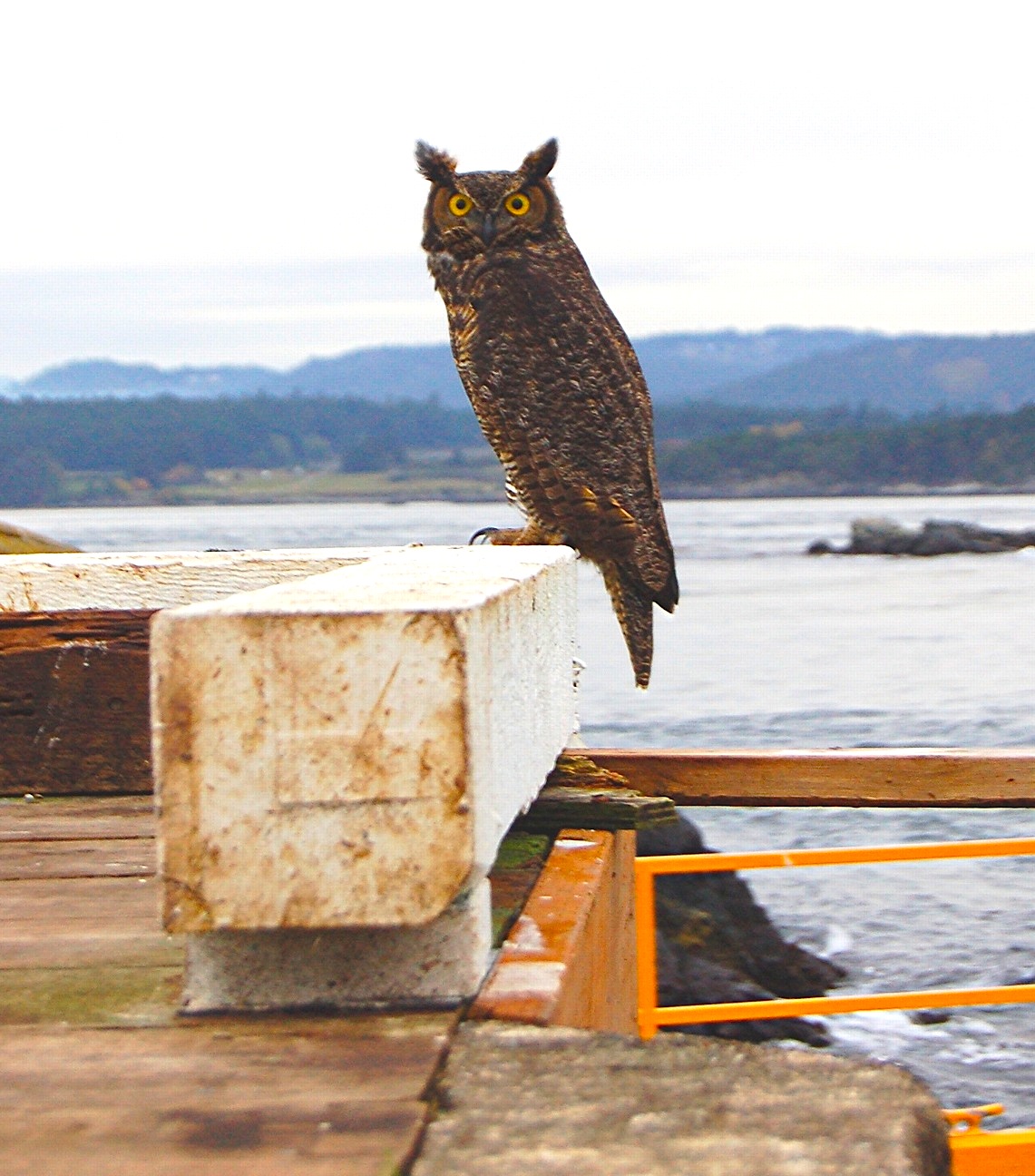
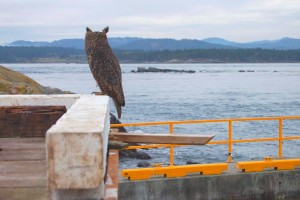
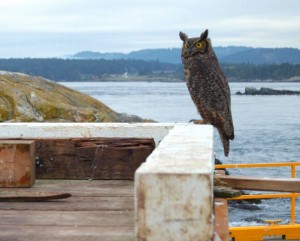
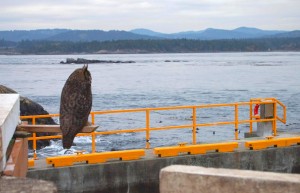
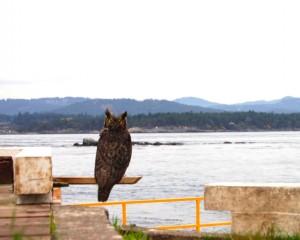

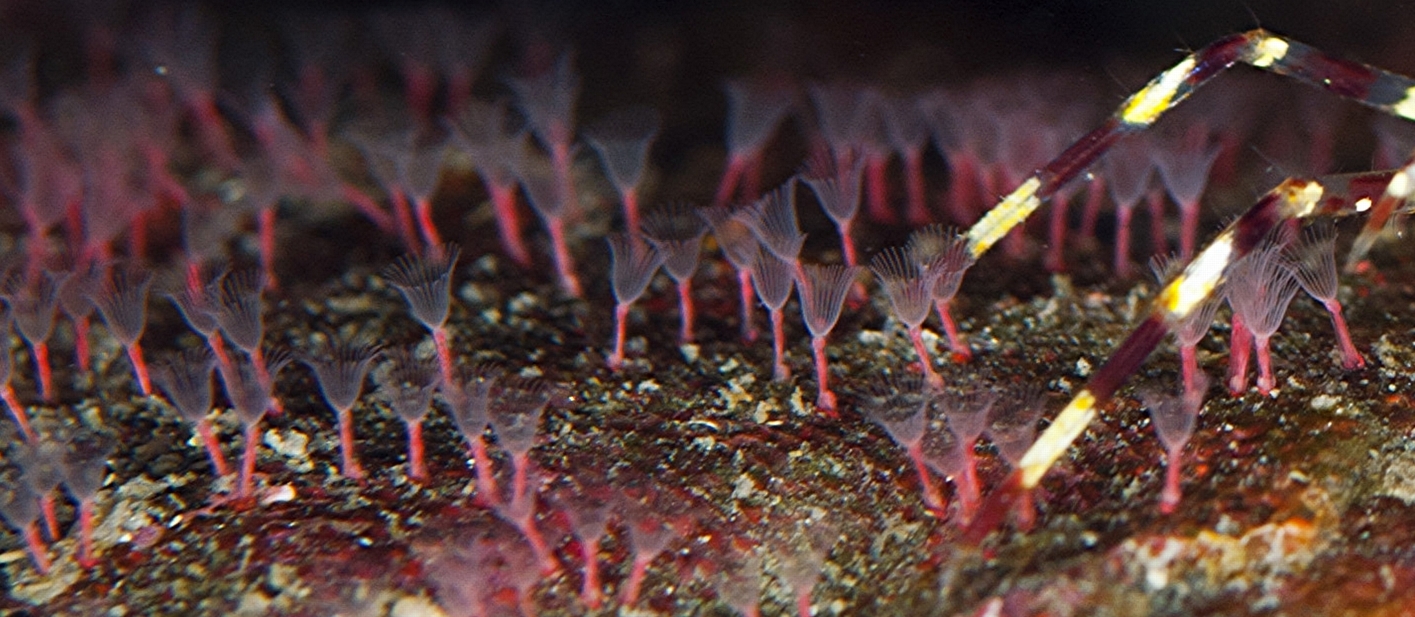
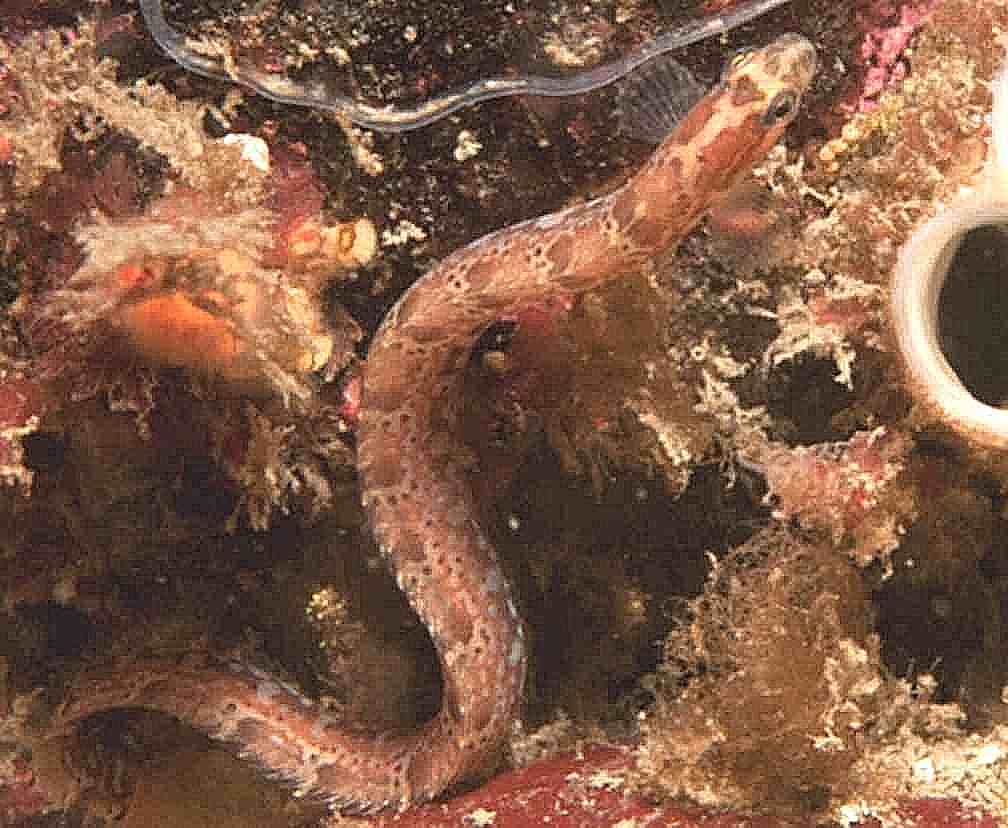
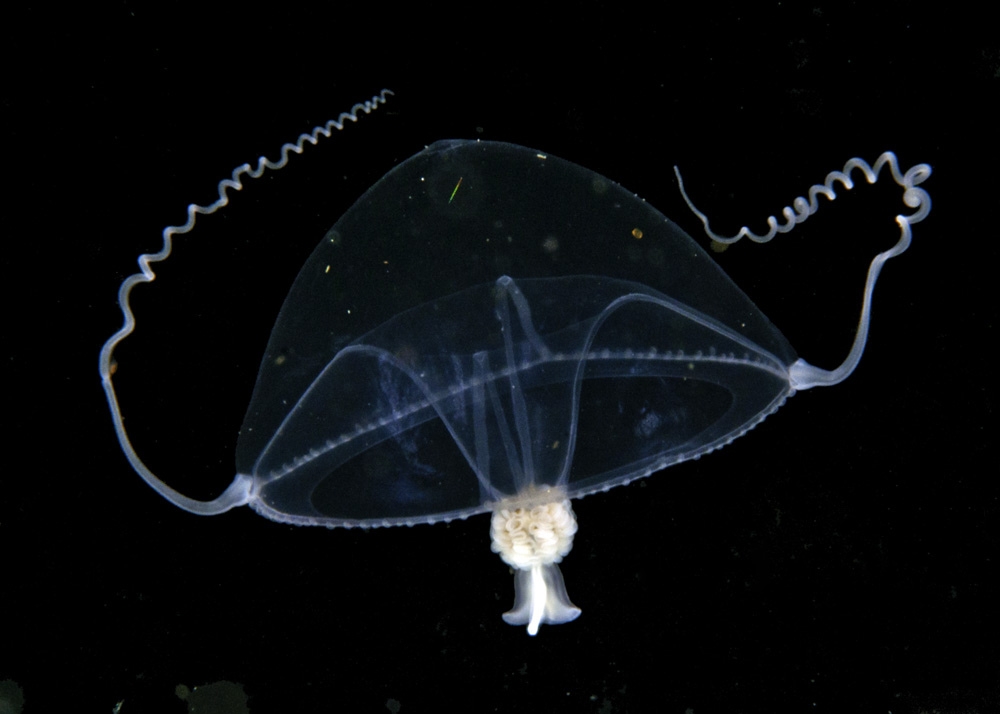
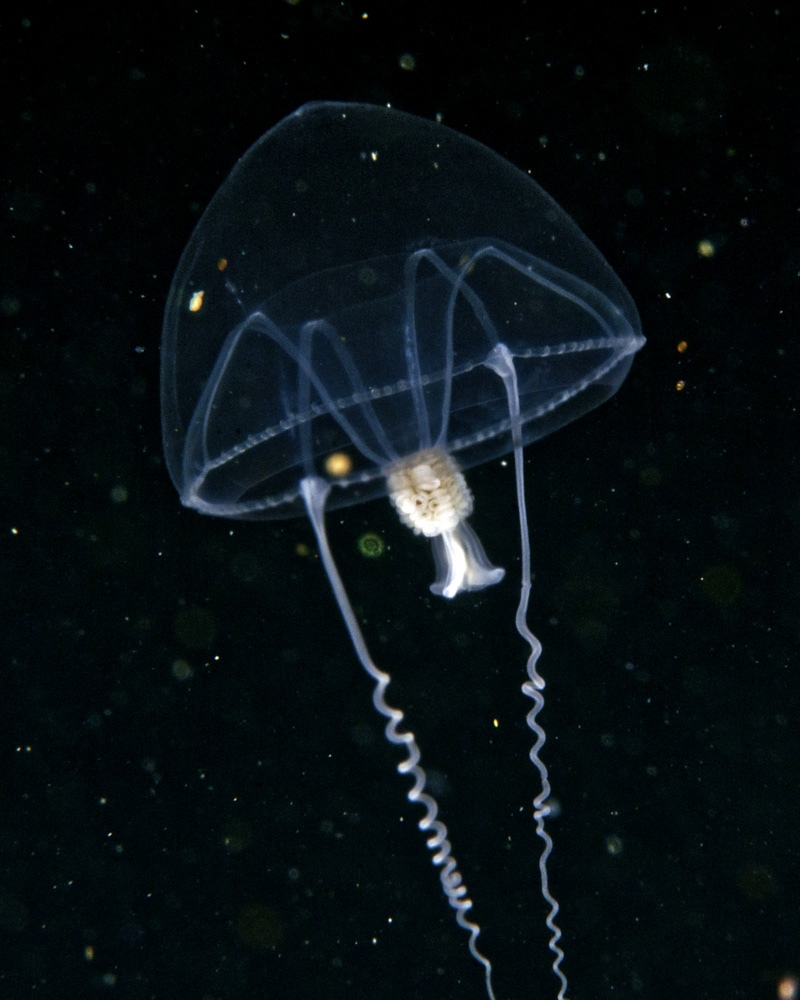

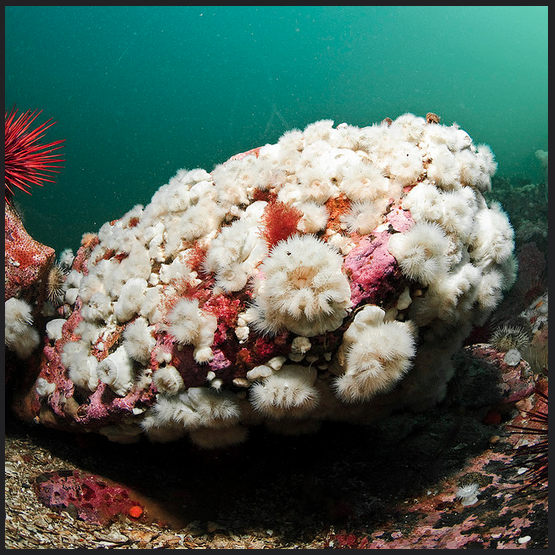






 repeated stampedes of sea lions and this pup may be crushed tomorrow.”
repeated stampedes of sea lions and this pup may be crushed tomorrow.” 

